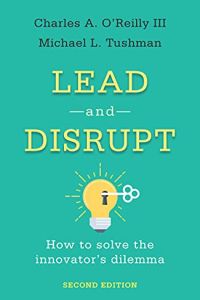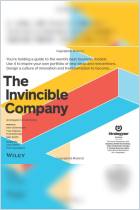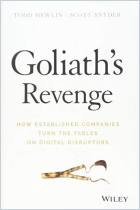加入 getAbstract 阅读摘要

加入 getAbstract 阅读摘要
Charles A. O'Reilly III and Michael L. Tushman
Lead and Disrupt
How to Solve the Innovator’s Dilemma, Second Edition
Stanford UP, 2021
看看什么内容?
Large, incumbent firms that wish to remain relevant must maintain current revenue streams while simultaneously pursuing new ventures.
Recommendation
This new edition of Charles O’Reilly and Michael Tushman’s 2016 original, offers expanded, fresh insights into how to build an “ambidextrous” organization: one that continues to extract profits from existing lines of business while simultaneously developing new ventures that eventually displace the old. The authors use cautionary lessons from Blockbuster, Sears and Kodak to demonstrate how fraught this balancing act can be. However, their description of firms that get it right, including Amazon and IBM, offers your business a road map to survive and thrive in turbulent times.
Summary
About the Authors
Business professors Charles A. O’Reilly III and Michael L. Tushman teach and conduct research at Stanford and Harvard universities, respectively. Each has earned a Distinguished Scholar Award from the Academy of Management.





















Comment on this summary